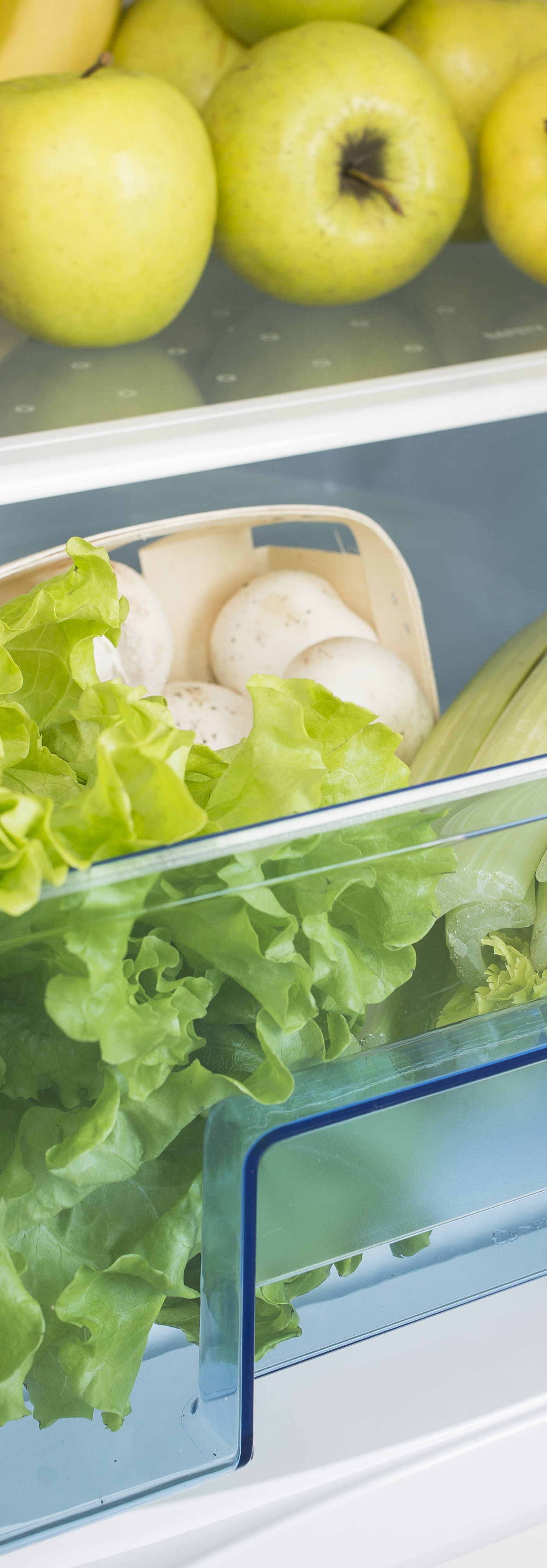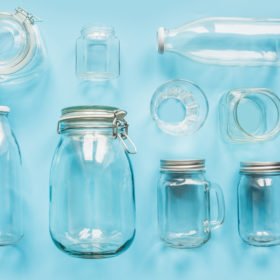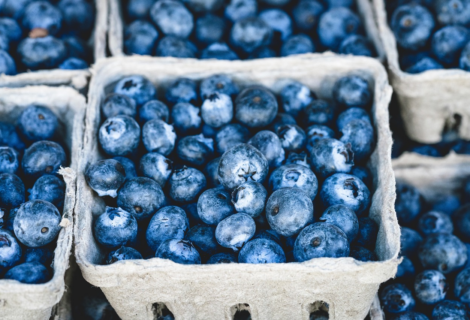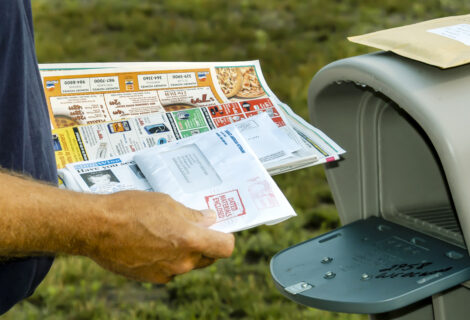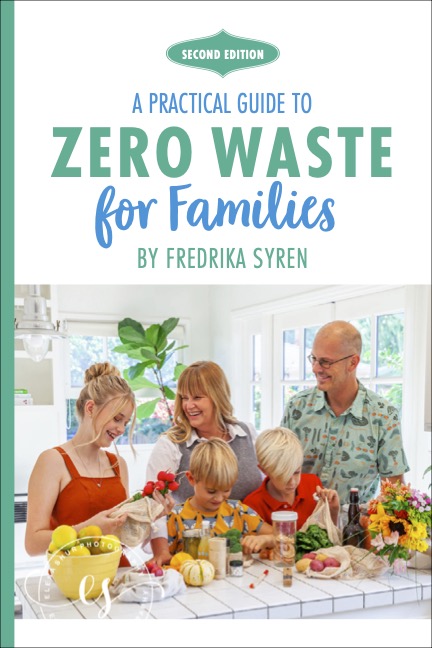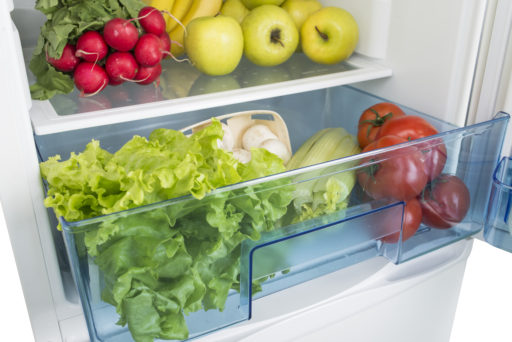
One of the first way to reduce food waste is making sure you’re storing food the right way to reduce it going bad too soon. So here are tips for how to reduce food waste by keeping produce fresh.
First of all, certain fruits and veggies should not be stored in the fridge at all, including tomatoes, bananas, avocados, onions, garlic, eggplants, peppers, potatoes, cucumbers, winter squash and most summer melons. That should free up some space in your crisper already!
Storage Hints
- Moisture and freezing are your enemies.
- Your greens need a certain amount of airflow.
- Whole heads of lettuce will last far longer than loose-leaf salad greens.
- Keep your greens dry with paper towels. This is one of the few times when paper towels are invaluable, so use them without guilt — don’t substitute tea towels because they’re too heavy. Replacing ruined fresh greens is more expensive than a couple of paper towels, and they’re compostable, anyway.
- Always store your greens in the vegetable crisper drawer of your fridge, where temps are a bit warmer and humidity is a bit higher. Avoid the back of the fridge proper because that’s the spot where accidental freezing is most likely to happen. Frozen lettuce = liquified lettuce. Gross.
Storing Loose-Leaf Greens
Wash the greens in a bowl full of cold water (even if they’re “pre-washed”) and pick out any rotten leaves. Dry the greens thoroughly, preferably in a salad spinner, which removes excess water without bruising the greens.
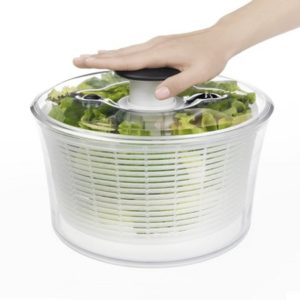
If you don’t have a salad spinner, spread the washed greens out on paper towels, loosely roll them up in a cylinder, and gently pat them dry. Discard, reuse or compost the damp towels.
Then line the bottom of a perforated storage container (best) or plastic produce bag with one dry paper towel. Loosely tumble your greens into the container, and cover them with a second dry paper towel. Close and store it in the vegetable crisper bin of your fridge. Replace the paper towels when they become damp or stained, about once every two or three days.
Also search out and discard any leaves that are going rotten. This will keep the rest of the greens from following suit. We’ve all heard the saying about one bad apple in the barrel: unless it’s removed, it’ll infect all the healthy ones.
Properly stored, you can expect loose-leaf greens to last approximately seven to ten days.
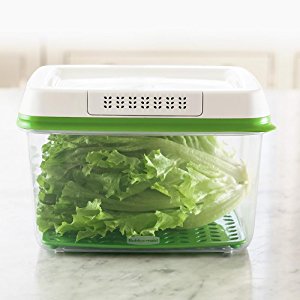
Storing Whole Heads of Lettuce
Don’t wash until ready to use. Leave the head intact and wrap in dry paper towels, which will absorb excess moisture. Place in a perforated storage container or plastic produce bag and store in the vegetable crisper bin in your fridge. Once every two or three days, replace any dampened or stained paper towels with dry ones.
Properly stored, and depending on the type of lettuce, you can expect whole heads of lettuce to last approximately one to three weeks. Those with dense, tight heads, like Iceberg, last the longest.
Extra Tips
- Slightly wilted greens can be revived to crispness by soaking them in an ice water bath for a few minutes.
- Another advantage to whole heads of lettuce: if the outer leaves start to go bad, simply peel those leaves off and compost them. The inner leaves should still be perfectly edible.
- Since greens can bruise so easily, a perforated storage container is preferable to a bag, which can get squashed against other items.
- If you do use a bag, blow some air into it before loosely twisting off the opening, and give the greens inside a shake so they’re nice and loose. The air will keep the bag inflated, allowing for better airflow and protection from squishing.
- Trust your instincts: if it smells gross or looks slimy, replace it or compost it.
- The longest-lasting lettuce varieties are Romaine and Iceberg. They tend to stay fresh longer than any other.
Grow Your Own and Avoid Storage Altogether
If you eat salads every day, consider growing your own salad greens. They’re super easy (even in the winter) and, trust me, there’s nothing like eating a salad of freshly harvested greens still warm from the sun. Then you can avoid messing around with storage altogether! Take a few moments to select just the mature outer leaves to harvest instead of cutting out an entire head. Leave the crown intact, and it’ll grow back indefinitely.
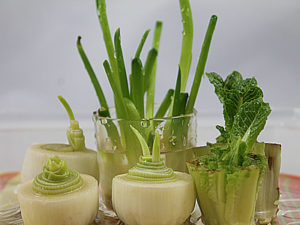
You can also extend the life of certain grocery store veggies by regrowing them from their bases. Romaine lettuce, celery, green onions, leeks, lemongrass and fennel can be magically regrown from their roots in a glass of water.
More information how to keep produce fresh longer check out this article


